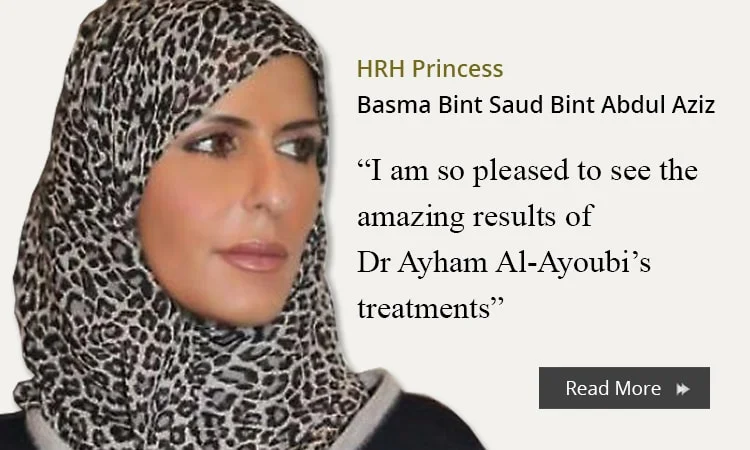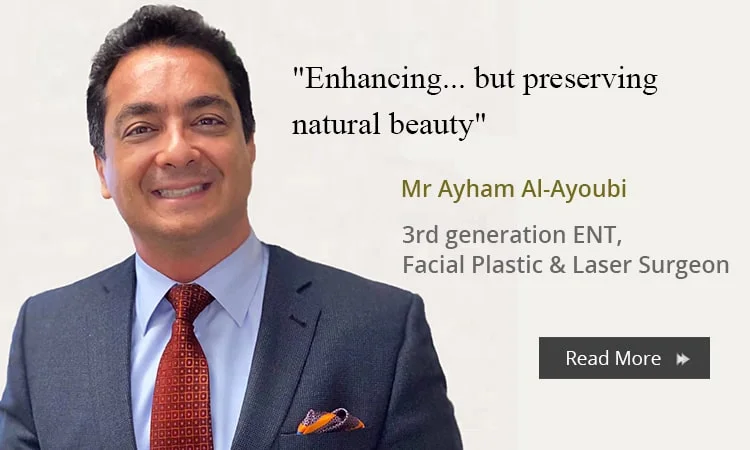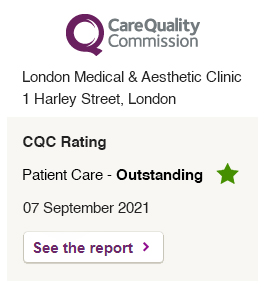Scars are areas of fibrous tissue which after injury replace normal skin after injury. A Scar is the results of the biological processes of wound repair. Scarring is a natural part of the healing process. Every wound (with the exception of very minor injuries) results in some degree of scarring. The only exception to this are animals who have the ability to regrow tissue without the formation of scars.
Scar tissue is composed of collagen, which is the same protein as the tissue that it replaces, however the fiber composition of the protein is different.
Types of Scars
The composition of the collagen in scar tissue compared to the normal tissue it has replaced is different. Scar tissue also lacks elasticity unlike normal tissue which distributes fiber elasticity. Atrophic scarring or sunken scarring which also has an overexpression of collagen blocking regeneration. This type of scar is sunken because unlike hypertrophic or keloid scarring the collagen bundles do not overextend the tissue. Atrophic scars are often associated with acne, chicken pox, insect bites and accidents.
Types of Atrophic Scarring
The four main types of atrophic scarring are: ice pick, boxcar, shallow/atrophic and valley/rolling scars.
Ice pick scars – these scars are deep and narrow. They can sometimes resemble large empty pores in the skin. They are often the most difficult type of scar to treat without using surgical procedures. They are often quite deep which makes them difficult to treat by using standard resurfacing techniques
Boxcar Scars –These scars a have relatively broad depressions. They also have deep defined edges. Because of these deep edges it can be quite difficult to smooth them out and blend them into the surrounding skin.
Rolling scars – These are relatively broad depressions in the skin. They have rounded, sloping edges. The combination of these scars in an area of the skin gives it a rolling appearance, which is how it gets its name.
Treatments
Sculptra
Sculptra is an injectable biocompatible filler composed of poly-l-lactic acid. It is used to create volume and to stimulate the production of collagen. It is the perfect choice for treating certain types of acne scars. It is ideal for treating atrophic scarring. Sculptra’s volumizing effect has the ability to gently stretch the skins surface which minimises the appearance of the scar. Most patients require two to three sessions of this treatment to archive the best desired results.
Subcision
Subcision is the term used for the non-surgical procedure used to treat depressed scars. It is performed using a needle which is inserted through a puncture in the skins surface. The needles sharp edge is manoeuvred under the defect to make subcuticular cuts. The principle of this procedure is to break the fibrotic strands which tie the scars to the underlying subcutaneous tissue. The depression is lifted by the releasing action of this procedure.
Sculptra and Subcision
After local anesthesia, a needle is inserted under the skin and by repetitive shearing movements, the fibrous bands that firmly bind the skin to the subcutaneous fat are cut off. The skin thus freed from the adhesions, returns to its original position and shape, thus greatly reducing the appearance of the acne scars. To help along this process, small amounts of Sculptra are injected into the space thus created. This stimulates collagen production and further improves the results.
Sculptra FAQS
The answer to some of the most common questions patients may have.
It’s common for patients to have questions about the aesthetic treatments and at the London Medical and Aesthetic Clinic, it is essential for us that all our patients should feel confident, knowledgeable and comfortable at every stage of their journey of their treatments at our clinic.
To help our patients finding the answers they need, here are a few of the most common questions that we find our patients frequently asked:
What is Sculptra?
Sculptra is a biocompatible, resorbable injectable product composed of poly-L-lactic acid (PLLA). It falls in the class of a stimulatory product that creates its effect through encouraging neo-collagenesis when injected. Sculptra is a synthetic polymer from the a-hydroxyl-acid family that is similar to absorbable suture material.
What is Sculptra Subcision Treatment?
Sculptra Subcision is a procedure which releases scars that have become stuck to the deeper tissues and bound down. When a scar forms, new collagen is produced.
Scar collagen is not as supple or as neatly laid as normal collagen. The new collagen can stretch all the way from the scar to the deeper tissues, like a web and pull the scar down. This makes the scar look badly indented and causes shadows and pits. Breaking these connections by Sculptra subcision can help lifting the scar back up.
What kind of scars does Sculptra subcision help with?
Sculptra Subcision treatment can help in any condition where the skin is being pulled downwards by scar tissue. This includes rolling acne scars and tethered box-scar acne scars.
How long does it take to see results after Sculptra Subcision?
How is Sculptra subcision carried out?
Sculptra Subcision is carried out with a special needle or cannula depending on the scar type. The principle of this procedure is to break the fibrotic strands which tie the scars to the underlying subcutaneous tissue. The depression is lifted by the releasing action of this procedure.
How does Sculptra subcision work?
The Sculptra subcision works by breaking down the fibres which are pulling the scar down. The physical action of scraping under the dermis stimulates new collagen formation which can help raise scars. The Sculptra stimulates the body’s own collagen production creating a youthful appearance with natural-looking results.
What are the possible side effects of Sculptra subcision?
The side effects are not common. The main risk is a bruise which could last between 3-7 days. There can also be slight bleeding sing local anaesthesia keeps this risk to very low level.
Temporary numbness in the subsided areas could develop and last 1 to 2 weeks. Very rarely a temporary nodule may form under the skin ( these are thought to be collagen nodules ) and usually settle on their own or with massage.
What is the downtime after Sculptra subcision?
Some bruising may developed and it is usually take 2 to 7 days to settle. patient can go back to work the next day.
How many times does Sculptra subcision need to be carried out?
Sculptra subcision may need to be repeated for different areas of the face, and each area may be treated 3-4 times.














































